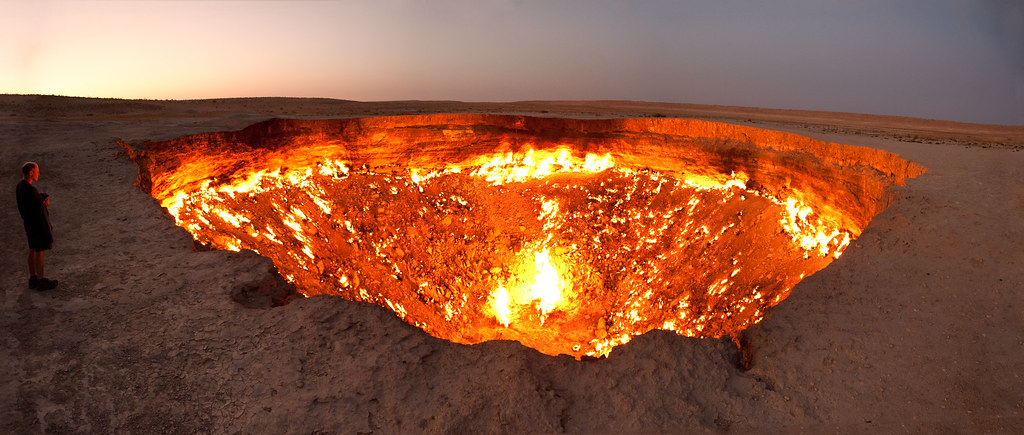What happens when things combine? This question lies at the heart of the Borell-Brascamp-Lieb inequality (BBL), a mathematical relation widely applied across many fields of mathematics, science and beyond. Now, researchers from the Okinawa Institute of Science and Technology (OIST), University of Tokyo and University of Florence have provided a new proof for this powerful inequality, taking an unconventional approach based on heat and diffusion equations.
Defining relationships, mathematically
"Mathematicians have long used inequalities to describe relationships," explained Professor Qing Liu, Head of the Geometric Partial Differential Equations Unit at OIST and author on this study. "The Borell-Brascamp-Lieb inequality is particularly useful to describe how things can blend and combine, like how shape or density changes when mixing two substances. And whilst we know that inequalities can be used to describe how solutions diffuse, we wanted to explore the reverse situation. Using diffusion equations, can we gain a deeper understanding of mathematical inequalities?"
Liu and his collaborators, Prof. Kazuhiro Ishige from the University of Tokyo and Prof. Paolo Salani from the University of Florence, used nonlinear partial differential equations (PDEs) as the basis for their proof. PDEs describe how things change across space and time, and in this case, they are related to how substrates diffuse through porous materials. The team had been studying the geometry of such equations extensively for nearly 10 years. In this particular project, they wanted to expand the applications of PDEs, and harness PDE techniques to tackle key problems in different fields of mathematics.
The importance of the Borell-Brascamp-Lieb inequality
Many mathematical concepts have vast applications, and have long, storied histories, and indeed BBL is one such concept. It's a generalization of the better known Brunn-Minkowski inequality, which describes how the volumes of shapes change when combined, and its functional analogue, the Prékopa-Leindler inequality. The Brunn-Minkowski inequality has previously been likened to "an octopus, tentacles reaching far and wide, its shape and color changing as it roams from one area to the next", due to its breadth of applications (Gardner, 2002). "Consider computer science or medical imaging. Imagine you want to create a movie where one shape smoothly transforms into another - for example, turning a circle into a square," noted Prof. Liu. "To make this transition look natural, the shapes in between must grow or shrink smoothly without odd distortions. Using this principle, computer graphics artists and scientists can design smooth shape transitions that look realistic. This is especially useful in medical imaging, where doctors track how organs change shape over time."
BBL extends the ideas of the Brunn-Minkowski inequality by describing how different kinds of "weights" or "intensities" combine, and not just focusing on shapes. This means it can be applied to an even wider variety of complex and versatile problems, from resource distribution in economics, to data processing in computer science, entropy and data compression in information theory, to modeling uncertainties in statistics. And together, these inequalities are foundational to the field of convex geometry and functional analysis.
However, to use BBL and other such inequalities with confidence in all these different situations, mathematical proofs are critical, as they confirm validity of these concepts under specific conditions. Whilst BBL had been traditionally proven using convex analysis or optimal transport, the nonlinear PDE approach used in this study has opened fresh insights on BBL from a different perspective. Such new approaches can uncover previously inaccessible features, making the underlying structure more transparent and versatile.
Expanding the possibilities of PDEs
The researchers describe this paper as a first step in this research direction, aiming to explore the applications of different PDEs and provide proof of different inequalities from a PDE perspective. Whilst current work has focused on Euclidean space, where both directions and distances are well defined, they plan to investigate other mathematical landscapes, such as metric spaces, where directional structure is absent in general.
"To solve longstanding problems, it's important to take creative approaches," said Prof. Liu. "In this work, we applied concepts from one field of mathematics to gain insights into another, and we hope this work can act as a blueprint for future interdisciplinary approaches within mathematics and related fields."






